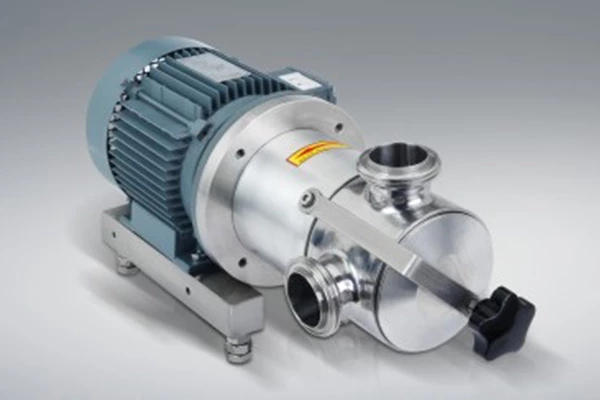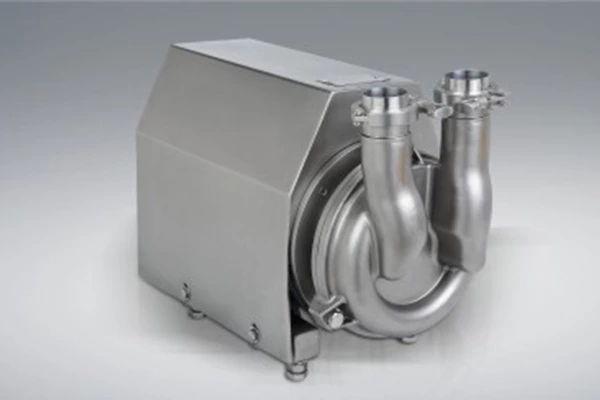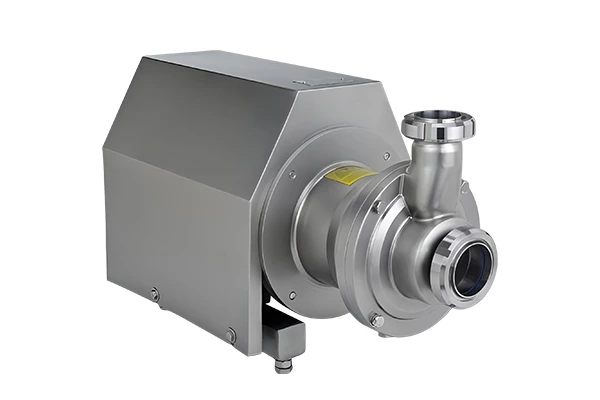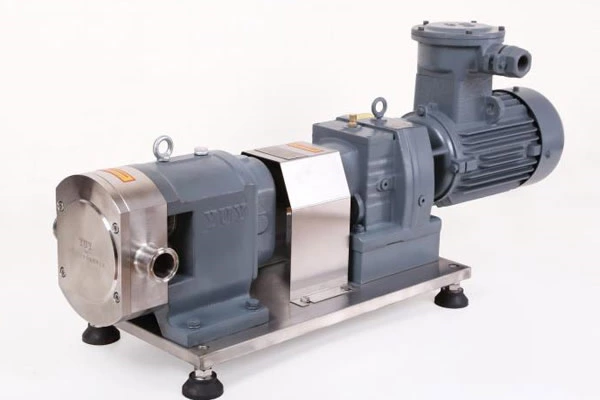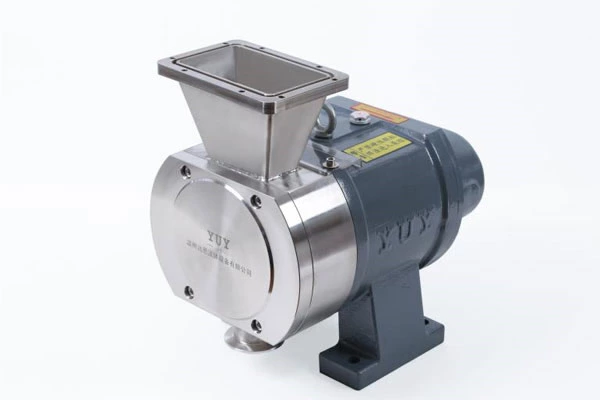Installation Method And Leakage Cause Analysis Of Chemical Pump Mechanical Seal
The proportion of mechanical seal leakage accounts for more than 50% of all repaired chemical pumps. The working quality of mechanical seals directly affects the normal operation of CIP Return Pump. The leakage of mechanical seals can be roughly divided into the following situations:
1. Leakage caused by pressure:
(1) Mechanical seal leakage caused by high pressure and pressure wave. When the spring pressure ratio and total pressure ratio are too large and the pressure in the sealing chamber exceeds 3MPa, the pressure ratio of the sealing end face will be too large, the liquid film will be difficult to form, the sealing end face will be severely worn, the heat will increase, and the sealing surface will be thermally deformed.
Countermeasures: When installing the mechanical seal, the spring compression must be carried out according to the regulations. It is not allowed to be too large or too small. Mechanical seals under high pressure conditions should take measures. In order to make the end face force reasonable and minimize deformation, materials with high pressure resistance such as cemented carbide and ceramics can be selected, and cooling and lubrication methods should be strengthened.
(2) Mechanical seal leakage caused by vacuum operation During the start-up and shutdown process of the pump, due to the blockage of the pump inlet and the presence of gas in the pumped medium, the sealing chamber may present negative pressure. If the sealing chamber is negative pressure, it will cause the seal end face to rub against each other, and the built-in mechanical seal will leak air (water). The difference between vacuum seal and positive pressure seal lies in the difference in the direction of the sealing target, and the mechanical seal also has its adaptability in a certain direction.
Countermeasures: Use double-end mechanical seals, which will help improve lubrication conditions and improve sealing performance
II. Periodic leakage:
(1) The axial movement of the pump rotor is large, the interference between the auxiliary seal and the shaft is large, and the dynamic ring cannot move flexibly on the shaft. When the pump is turned over and the dynamic and static rings are worn, the displacement cannot be compensated.
Countermeasures: When installing the mechanical seal, the axial movement of the shaft should be less than 0.1mm, and the interference between the auxiliary seal and the shaft should be moderate. While ensuring radial sealing, the dynamic ring should be able to move flexibly on the shaft after installation (pressing the dynamic ring against the spring can bounce back freely).
(2) Insufficient lubricating oil on the sealing surface causes dry friction or roughening of the sealing end surface.
Countermeasures: The height of the lubricating oil level in the oil chamber cavity should be added to be higher than the dynamic and static ring sealing surfaces.
(3) The rotor vibrates periodically. The reason is that the stator is not aligned with the upper and lower end covers or the impeller and the main shaft are unbalanced, cavitation or bearing damage (wear), which will shorten the seal life and cause leakage.
Countermeasures: The above problems can be corrected according to the repair specifications.
3. Leakage caused by the medium:
(1) After most submersible sewage pump mechanical seals are disassembled, the auxiliary seals of the static ring and the dynamic ring are inelastic, and some have already decayed, resulting in a lot of leakage of the mechanical seal and even shaft grinding. Due to the corrosive effect of high temperature, weak acid and weak alkali in sewage on the auxiliary rubber seals of the static ring and the dynamic ring, the mechanical leakage is too large. The material of the dynamic and static rubber seals is nitrile-40, which is not resistant to high temperature, acid and alkali, and is easily corroded when the sewage is acidic or alkaline.
Countermeasures: For corrosive media, rubber parts should be made of fluororubber that is resistant to high temperatures, weak acids, and weak alkalis.
(2) Mechanical seal leakage caused by solid particle impurities If solid particles enter the sealing end face, they will scratch or accelerate the wear of the sealing end face. The accumulation speed of scale and oil on the surface of the shaft (sleeve) exceeds the wear speed of the friction pair, resulting in the inability of the dynamic ring to compensate for the wear displacement. The service life of the hard-to-hard friction pair is longer than that of the hard-to-graphite friction pair, because solid particles will be embedded in the sealing surface of the graphite sealing ring.
Countermeasures: Mechanical seals with tungsten carbide-to-tungsten carbide friction pairs should be used in locations where solid particles are easy to enter.
Installation tips for chemical pump mechanical seals
Chemical centrifugal pumps need to select different mechanical seals according to different operating conditions. Different mechanical seals have different installation requirements. Below we will briefly introduce the installation points of mechanical seals:
IH horizontal stainless steel chemical pump
1) The radial runout of the equipment shaft should be ≤0.04 mm, and the axial movement is not allowed to be greater than 0.1 mm;
2) The sealing part of the equipment should be kept clean during installation, the sealing parts should be cleaned, the sealing end face should be intact, and impurities and dust should not be brought into the sealing part;
3) Do not hit or strike during the installation process to avoid mechanical seal friction and damage and seal failure;
4) Apply a layer of clean mechanical oil to the surface in contact with the seal during installation to ensure smooth installation;
5) When installing the static ring gland, the screws must be tightened evenly to ensure the vertical requirements of the static ring end face and the axis centerline;
6) After installation, push the moving ring by hand to make the moving ring move flexibly on the shaft and have a certain elasticity;
FB, AFB corrosion-resistant centrifugal pump
7) After installation, turn the shaft by hand, and the shaft should not feel heavy or light; 8) The equipment must be filled with medium before operation to avoid dry friction and seal failure;
